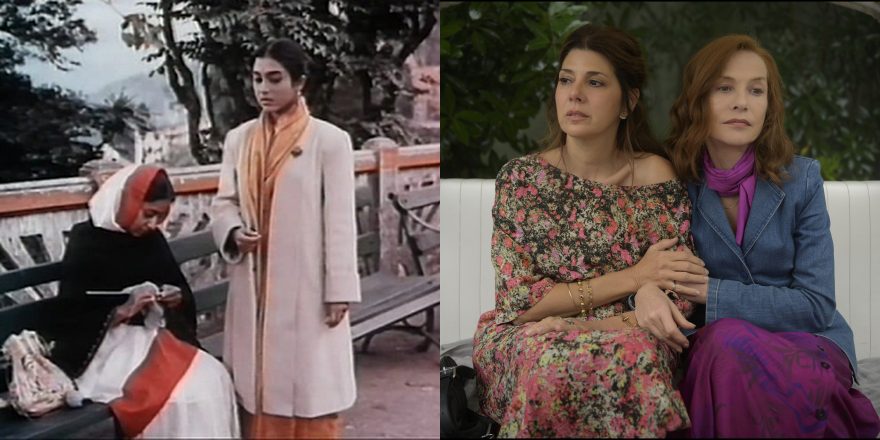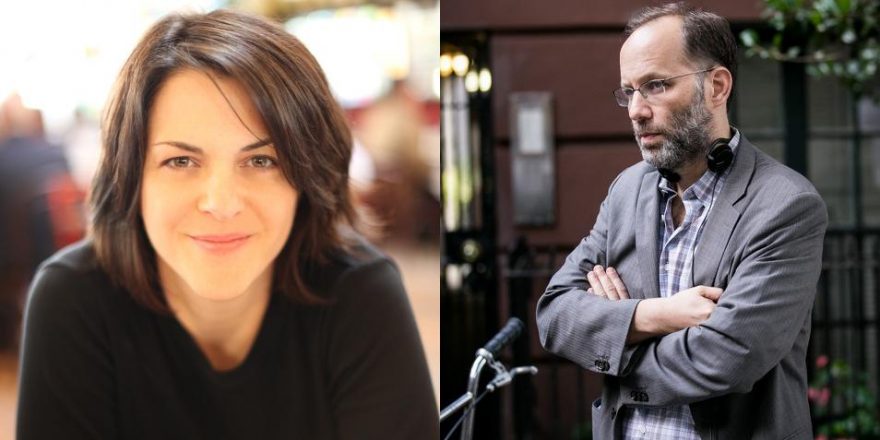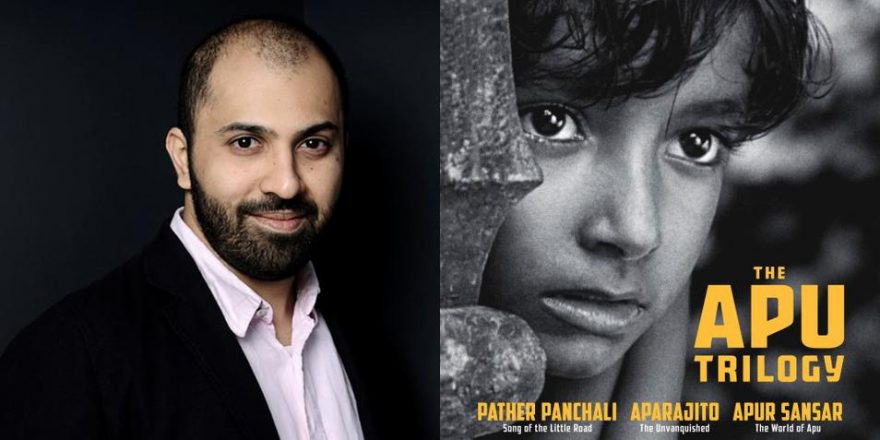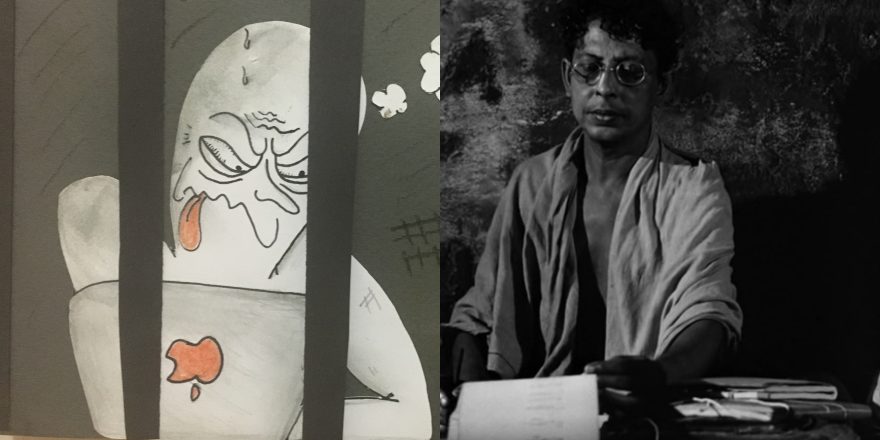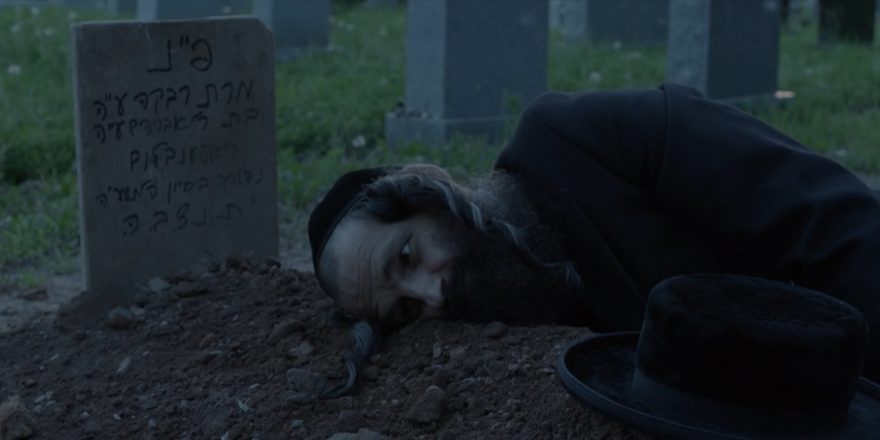Sometimes a movie won’t let you go. In April of 2009, I first saw Satyajit Ray’s Kanchenjungha as part of a week-long retrospective of his films at the Film Society of Lincoln Center. Released in 1962, and Ray’s first color film, it tells the story of a wealthy Bengali family on a vacation in a Himalayan mountain resort and takes place in the course off one single day – almost as if in real time – from morning to late afternoon.
The narrative weaves together the stories of nine different characters but is built around one central marriage plot: will the single daughter in the family marry the right or the wrong suitor? The movie drifts gracefully between the different characters, not unlike the clouds that cover the mountaintop that the family patriarch is hoping to get a glimpse of before the day, and the film, is over. Nothing happens, and everything seems to happen, and by the final moment of the film, as the clouds part, and the white peaks of Kanchengjungha are revealed to the cinema audience alone (the characters in the film are too busy to notice), Ray has created one of his most indelible works.
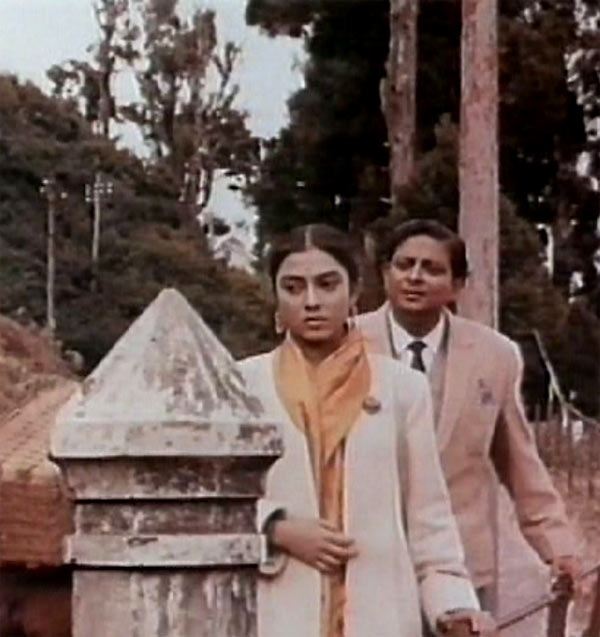
At the time of its release in the U.S., four years after its premiere, Kanchenjungha was received coolly by the critics. In June, 1966, Bosley Crowther called it “sluggish” and “tedious” in the New York Times and finished his brief dismissal with, “Mr. Ray, in this instance, has not bitten off as much as he could chew.” A film this tranquil and contemplative was maybe out of step with the tastes of its time, but for me, watching the film 40 years later, it was this very simplicity, as well as the film’s conscious, theatrical construction, that hit me like a rock.
As the years passed after that first viewing, the content of the film retreated into the distance, but what stayed with me vividly was the unique structure of the movie, and the formal rigor of the boundaries Ray set for himself. A family on a vacation, a kaleidoscope of intertwined stories, one day, a central crisis, and, most important of all, nature itself. The film feels like both a Greek tragedy, and a Greek farce, characters enter stage left, and exit stage right, and ultimately, all drama is dwarfed by the enormity of the surrounding landscape.
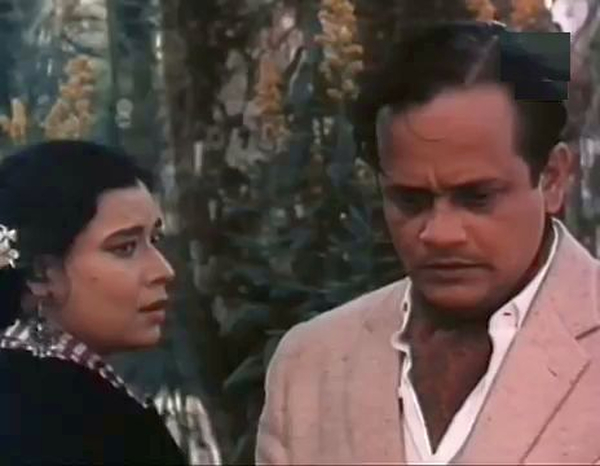
When almost 10 years later, I started talking with Isabelle Huppert about making a movie together, it came to me that the bones of the right film could begin with a re-viewing of Kanchenjungha. I’d been talking about the film – which I called The Mountain Movie, because I could never remember its title – with my long-time co-writer Mauricio Zacharias since we started writing our first film together, Keep the Lights On, but he had still not seen the film when these conversations with Isabelle first began. When we did finally sit down to watch Ray’s film together, in Mauricio’s apartment on 23rd Street, I could see on his face when the movie was over that he had a very similar reaction as I had. He couldn’t exactly pin it down either, what gives this simple film such heft, but he turned to me and smiled and said, “Yes.”
And so, we set out to write our own Mountain Film, and we gave ourselves the same set of criteria: one family, nine stories, morning to afternoon, and all set within one unifying natural location. In the almost 10 years since I’d seen Ray’s film, one of the biggest, and most emotionally altering, changes in my own life had been that during that intervening period, I had been close to illness and death in a way I never had before. In 2011, one of my closest friends had been diagnosed with breast cancer, and I had been with her throughout her illness, until her death, at 50. I had also been with my 103-year-old grandmother in the last weeks of her life, and was holding her hand in the last moments. And when my friend, and filmmaking hero, Barbara Hammer’s cancer returned after a few years of remission, I witnessed at close hand how she tried, valiantly, to get everything, and everyone, in order, before she was gone. She lived more fully in those last years than many of us do in a lifetime. Frankie would directly reflect those very personal experiences, and how they had changed me.
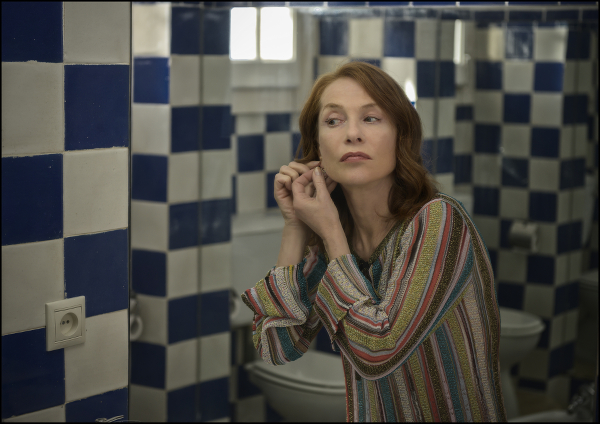
For me, I had arrived at the Mountain Film a different person than the one who was sitting alone watching it that first time at the Lincoln Center. But that’s another of the great strengths of Ray’s film; it’s a masterpiece of perspective, and I’m sure its meaning shifts for any viewer depending on their age, experience and vantage point. Our film, like Ray’s, would dramatically hinge on the marriage plot: will Marisa Tomei’s character, the American hairdresser Ilene, marry the right suitor, or the wrong one? But there would be another crisis in our film as well, and that would be Frankie’s. Isabelle Huppert would be the perfect actress to play a woman trying to control everything, but up against larger forces.
I have always been engaged as a filmmaker in what the theorist Harold Bloom calls “the anxiety of influence,” which can be simply described as the Oedipal battle between a working artist and all his or her heroes. My film Forty Shades of Blue was a loose remake of another Ray film, Charulata (1964); Little Men was inspired by two films by Yasujiō Ozu, Good Morning (1959) and I Was Born But… (1932), and my first feature, The Delta, was a riff on Ingmar Bergman’s Summer with Monika (1953). With Frankie, I had found my inspiration in one of the least known, but to me, most moving, films by a filmmaker I’ve never stopped learning from. My film might not reach Ray’s, but in making Frankie, building Frankie, I’ve climbed my own hill in the attempt to create my own mountaintop.


